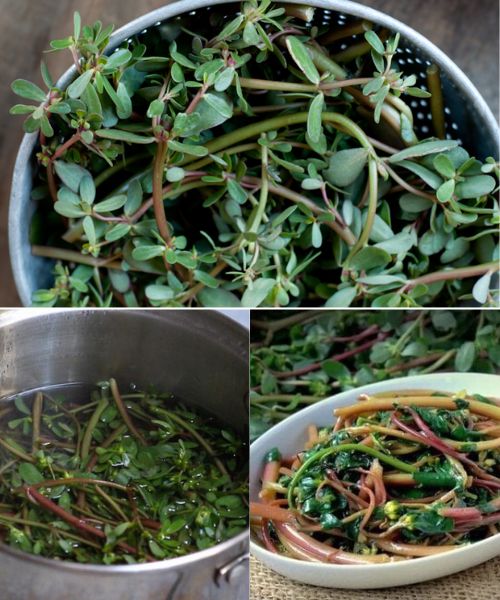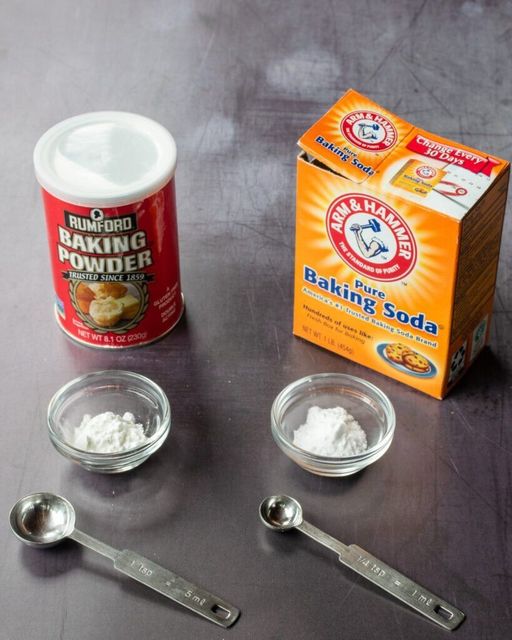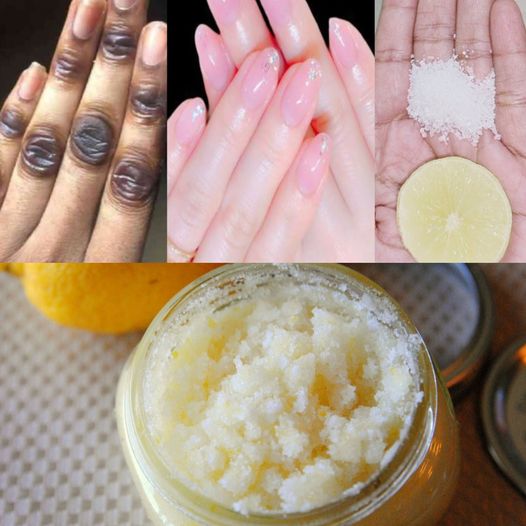If you’ve ever noticed a green, succulent-looking plant popping up in your yard, chances are you’ve come across purslane—an often-overlooked herb that’s actually a powerhouse of nutrition and medicinal benefits. While many see it as just a pesky weed, purslane is packed with health benefits and can be a game-changer for your overall well-being.
Let’s dive into why you should start embracing this humble plant!
What is Purslane?
Purslane (Portulaca oleracea) is a low-growing succulent that is commonly found in gardens, lawns, and sidewalks. It has fleshy, smooth leaves and red stems, and it thrives in warm climates, which is why it’s so common in many yards.
Why Purslane is So Important:
1. Nutrient-Dense Superfood
Purslane is a nutrient-rich plant that’s surprisingly loaded with essential vitamins and minerals. It contains:
- Omega-3 fatty acids: Purslane is one of the few plant-based sources of alpha-linolenic acid (ALA), an essential omega-3 fatty acid that’s usually found in fish oils.
- Vitamins: It’s rich in vitamins like A, C, and E, which are essential for eye health, immunity, and skin health.
- Minerals: High in iron, magnesium, potassium, and calcium, making it great for bone health, muscle function, and overall vitality.
2. Powerful Antioxidant Properties
Purslane is packed with antioxidants, such as vitamin C, E, and beta-carotene, which help protect the body against free radicals. This means it can help reduce inflammation and fight oxidative stress, reducing the risk of chronic conditions like heart disease and cancer.
3. Supports Digestive Health
Purslane contains fiber that aids digestion and promotes a healthy gut. The high fiber content helps prevent constipation and encourages regular bowel movements. It also contains mucilage, which has a soothing effect on the digestive tract and can help with issues like acidity and bloating.
4. Anti-Inflammatory and Healing
Purslane has been used in traditional medicine to reduce inflammation and help with conditions like arthritis. The plant has natural compounds that promote healing and help alleviate pain and swelling.
5. Beneficial for Skin Health
Purslane’s antioxidant-rich properties, along with its high vitamin content, make it great for maintaining healthy, youthful skin. It’s often used in skincare for its anti-aging effects and its ability to reduce redness and irritation.
6. Promotes Heart Health
With its combination of omega-3 fatty acids, potassium, and fiber, purslane can help lower blood pressure, reduce cholesterol, and improve circulation, contributing to overall heart health.
How to Use Purslane:
- In Salads:
The young leaves and stems of purslane can be eaten raw and are a delicious addition to salads. They have a slightly tangy, lemony flavor that pairs well with other greens and veggies. - Smoothies:
Add a handful of fresh purslane to your smoothies for a nutritional boost. It’s an easy way to sneak in omega-3s and antioxidants. - Cooked Dishes:
You can sauté, steam, or stir-fry purslane. It works great in soups, stews, and stir-fries, where it can be treated like spinach or other leafy greens. - Herbal Teas:
Purslane can be dried and used in herbal teas. It’s soothing and can provide digestive benefits. - Juice:
Fresh purslane can be juiced or blended to create a refreshing, nutritious drink.
How to Harvest and Store Purslane:
- Harvesting: Purslane grows quickly and is easy to harvest. Simply trim the leaves and stems from the plant. Be sure to pick it from a clean, pesticide-free area.
- Storage: Fresh purslane can be stored in the fridge for up to a week. You can also dry the leaves and store them for longer use in teas or powdered form.



